By a vote of 7-2, the Supreme Court on March 26 upheld the Bureau of Alcohol, Tobacco, Firearms, and Explosives’ so-called “ghost gun” rule, holding that the Gun Control Act of 1968 allows ATF to regulate at least some unserialized firearms assembled from components or kits.
As a result, the ATF can treat self-build gun kits, including those made with 3D printers, like regular firearms, requiring the items to have serial numbers and requiring background checks of the buyers. The case was called Bondi v. VanDerStok, but was originally styled Garland v. VanDerStok. The ATF adopted the rule in 2022 to address what the agency says was an increase in what it calls “ghost guns.” In 2021, President Joe Biden took office and had promised to “crack down on ghost guns.”
In the original decision, a federal district judge in Fort Worth, Texas, prohibited the agency from applying the rule anywhere in the United States.
Some states, like California, New York, Hawaii, and Delaware, already had rules against gun kits and 3D printed firearms parts in place. But this decision now makes those requirements in the restrictive states apply at a federal level, meaning the parts must have serial numbers, buyers must go through a background check, and sellers must be licensed.
The Firearms Policy Coalition said in a statement, “We are disappointed with the Supreme Court’s misguided decision, but recognize this is only one battle in a multi-generational war over the scope of government and pre-existing right to keep and bear arms.
“The Court’s majority opinion twists the plain language and meaning of the statutes to uphold the ATF’s rule. As Justice Thomas explained today in dissent, ‘The text, context, and structure of [18 U.S.C.] §921(a)(3) leave little doubt that weapon-parts kits are not firearms, and that the unfinished contents of these kits are neither frame[s] nor receiver[s].”
In a 24-page opinion by Associate Justice Neil Gorsuch, Congress enacted the Gun Control Act because it found that then-current “gun control measures … allowed criminals to acquire largely untraceable guns too easily.” Advances in technology, Gorsuch noted, such as 3D printing and reinforced polymers, have changed the way in which guns are manufactured and sold, including weapon-parts kits that individuals can assemble into functional firearms in their own homes. These kits are popular because some manufacturers and sellers do not regard them as “firearms” subject to the Gun Control Act and therefore do not comply with the act’s requirements.
Gorsuch concluded that the Gun Control Act allows the ATF to regulate partially finished frames and receivers.
Justice Sonia Sotomayor, in a two-page concurring opinion, said firearms manufacturers and dealers have long complied with the Gun Control Act’s requirements, so “ATF’s rule should come as no surprise.” But to the extent that manufacturers aren’t sure about whether the rule applies to their products, she contended, the ATF “encourages” them to seek guidance from the agency. She didn’t mention that the agency often changes its mind according to the will of its political bosses.
Justin Thomas would have held that the ATF rule was not authorized by the Gun Control Act. In his view, the “ordinary meaning of ‘frame or receiver’ does not include” unfinished frames or receivers. Similarly, although “an object that ‘may readily be converted’ into a gun qualifies as a ‘firearm’ if that object is already a ‘weapon,’ an object that is not already a weapon does not.”
“Congress,” Thomas concluded, “could have authorized ATF to regulate any part of a firearm or any object readily convertible into one. But, it did not. I would adhere to the words Congress enacted.”
FPC said, “The Supreme Court cynically built up a falsework to shore up the ATF’s improper rule in spite of the text and history of the statutes. FPC and our allies will, to the benefit of our cause and the American people, thoroughly review this decision to find and exploit every feature of the Court’s sophistic construction of the law. We will also continue communicating with the White House, the Attorney General, and the Department of Justice to encourage a full repeal of the ATF’s rule and take other FPC-supported actions.”


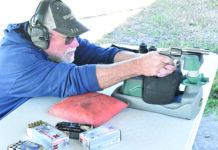
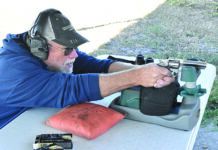




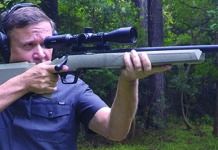





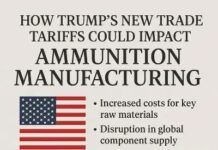
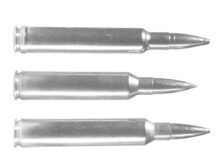

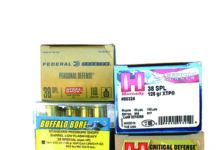









This ruling leaves me in a quandary. I currently have a “ghost gun” in my safe and the parts to complete another. Am I in violation of the law or not?